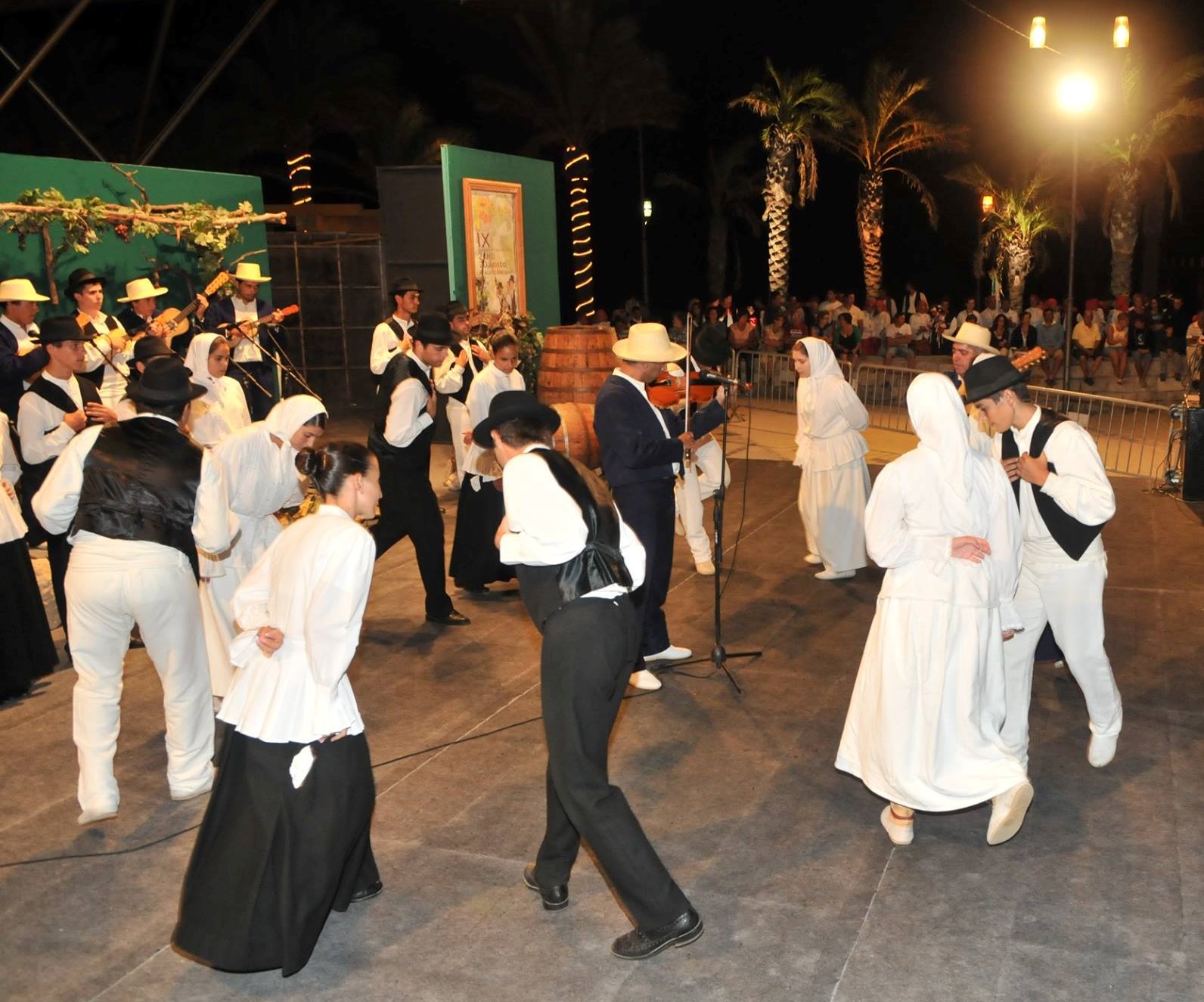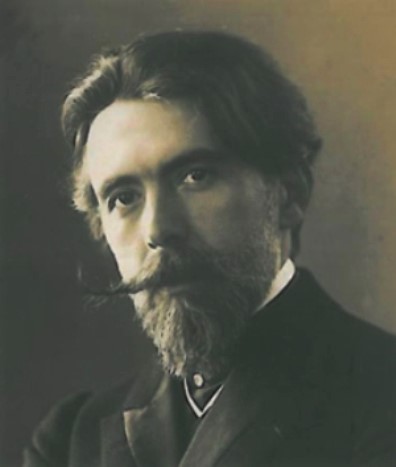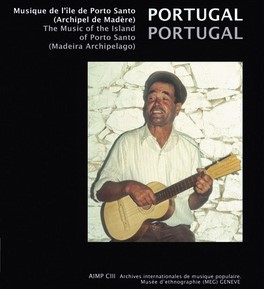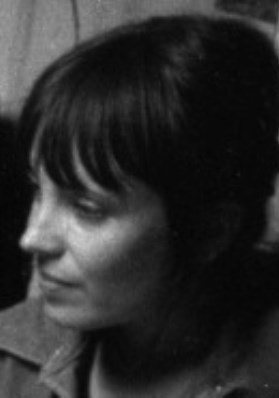The “Baile da Meia Volta” is the oldest musical and cultural reference in Porto Santo. It is also, a traditional genre, and few know it, prior to “Charamba”, “Mourisca” and “Bailinho da Ilha da Madeira”. Unique as a whole, it combines an instrumental part and a dance, which evolves to the “Mandador's” voice (who plays the “Viola de Arame” and integrates the dance). The musicians are placed in the center of the circle (“Rabeca”, “Rajão” and “Braguinha”). The “Rabeca” is the other instrument highlighted, in the renewal of the melodic theme, in the counter-chants to the voice (of the Singers, usually a man and a woman who sing alternately) and in the “solos” that throughout the times showed the musical abilities of the “rabequistas”. The “Baile da Meia Volta”, musically speaking, is in a Mode (Frígio Trovadoresco Mode or Mi(E) Mode, widely used in the Mediterranean and Iberian Peninsula) and not in a Scale (major and minor of the other traditional genres of the Madeira Archipelago) which brings us back to very old times. The “Baile” was always present at private parties, weddings, receptions by high dignitaries of power or the Church and, from the 19th century, it was organized as a recreational and social event. On Saturday nights or Sundays afternoons, in different places on the small island (“Campo de Baixo”, “Ponta”, “Camacha” and “Serra de Fora”), the “Baile da Meia Volta” was the reason for the meeting. “Hoje há Viola!” it was announced by word of mouth, both the event as the place of its realization. The most appropriate place to perform the dance was the threshing floor, as it seemed perfect to the choreography of the dancers, the arrangement in a circle. At the wedding parties, the “Baile da Meia Volta” was also present, but in this case it was held indoors, on the patio or in the yard. These moments of meeting had the participation of all: young and old, rich and poor, boys and girls, locals and visitors. A pastime, where improvised poetry, music, dance and voices, male and female, set the tone for a unique moment of fraternization. It all started with the “Mandador”, chosen and recognized by everyone as the most suitable and capable to direct the “Baile”. There, the social status and wealth did not count. Everything happened to the “Mandador's” voice, being the first to set the rhythm on the “Viola de Arame” followed by the “Rebeca” that started the melody. Then the men were called to the circle and then followed by the ladies. A good “Mandador” had the foresight to finish the “Baile” generally at its peak, without leaving the dancers tired. After a break (to eat, drink and talk) the “Mandador” started another “circle” and it is also customary to evolve, throughout the night, to other dances from the Porto Santo tradition, such as the “Baile do Ladrão”, “Baile Sério”, “Padeirinha” and “Ciranda”. These convivial evenings, in which the “Baile da Meia Volta”, was the main traditional genre in performance, usually ended with the “Retirada”, a “Despique” in the form of “Bailinho”, a common genre to Madeira.
Throughout the 20th century, many collections and studies were carried out on this peculiar traditional island genre. Musicians, ethnographers and musicologists recorded their field experiences and interviews with local informants, also transcribing to the music sheet all the melodies and the “contracanto” of the “Baile”. From the existing investigations, we highlight (in this small synthesis) some authors: Francisco de Lacerda (1932), Carlos Maria dos Santos (late 1930s), Eduardo CN Pereira (1957), Artur Andrade and António Aragão (1972) and Anne Caufriez (1982), the latter being the most in-depth (based on audio records edited on disk, with a 28-page “booklet” annotated by the researcher herself). For Maestro and composer Francisco de Lacerda, who visited Porto Santo Island in 1932, “The songs of Porto Santo are considerably more interesting than those of its neighboring island of Madeira. In addition to being, melodically more varied and musical, they are instrumentally, much richer, offering remarkable examples of intervention of the instruments in their preludes, interludes and endings.” He added: “The song and dance of “Meia Volta” is a strange problem, difficult or impossible to solve regarding to the modality in which it is performed. Some affinities with certain Spanish and Canarian songs, however, do not explain its uniqueness as a Portuguese song.” (Notebooks 1934, recently revisited by Edições Colibri (1993) - Francisco de Lacerda “Folklore of Madeira and Porto Santo”).
Also for Anne Caufriez, musicologist, the traditional music and Porto Santo culture were object of research and collection over a three-month residency on the Island, in 1982. Regarding the recordings she made, she wrote: “La musique de Porto Holy traduit un syncretism qui est un peu le reflet de son histoire. Elle révèle à la fois des répertoires d’origine portugaise et d’autres marqués par l’influence maghrébine.” His written research was presented in 1985 with the title "Introduction to the popular traditions of the Porto Santo Island” (Archipelago of Madeira), in Colóquio-Artes, n° 65, Lisbon. In 2000, he contributed to a second survey: “A balada no Arquipélago da Madeira, Ilha de Porto Santo” (Encontros, Património, n° 4, Lisboa). His fieldwork resulted in a CD, recorded with the collaboration of Michel Plumley. The record has 13 themes and is kept by the International Archives of the Geneva Museum of Ethnography (Archives internationales de musiques populaire, Genève, Suisse; VDE-GALLO CD -1348) 2011. The original recording (1982) registered the following popular musicians from Porto Santo Island: Manuel Alexandre Melim (Rabeca), Laurindo José Melim (Viola de Arame), Manuel Avelino Melim (Rajão), José Gabriel Dias (Viola de Arame), José Gusmão da Silva (Rabeca), Manuel João de Deus (Braguinha) and Manuel José Soares (Viola de Arame).
The Baile da Meia Volta, as an Identity Mark for the People and Culture of the Island of Porto Santo, should deserve everyone's attention in its preservation and dissemination.
Text: Vítor Sérgio Sardinha


“Baile da Meia Volta Grupo” of “Folclore do Porto Santo”

“Baile da Meia Volta” - recovery of Artur Andrade and António Aragão 1972






